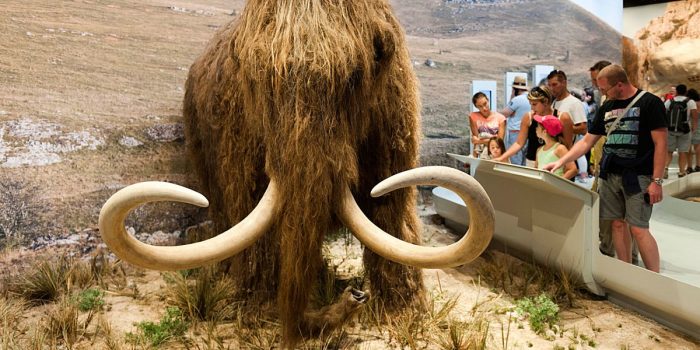It’s been more than 4000 years since the last mammoth walked the face of the Earth and then perished on Wrangel Island off the coast of Russia in the Arctic Ocean. The combined effects of hunting, genetic defects from inbreeding and even natural climate change are believed to be a few of the leading causes of extinction of the ancient animal spread over a course of several millennia.
But now it seems like scientists are treating the extinction phase more like a hiatus and developing different gene-editing technologies to bring the woolly mammals back to life. The thought of mammoths roaming the Earth again seems like the plot of a new sci-fi movie but thanks to a company called Colossal, they’re aiming to make this a reality by the end of this decade.

Ben Lamm is the entrepreneur behind Colossal who has been testing the waters between technology and environmentally friendly gadgets. His main focus has been on fighting the increasing effect of climate change on our planet. “I started reading a lot about the loss of biodiversity due to man-made climate change and some of the most conservative estimates were saying that between now and 2050 we’re going to lose 10 to 20% of our biodiversity,” said Lamm.

Lamm came to know about the works of George Church, who is a famous geneticist at Harvard University. Church and a few other biologists have been studying the possibility of bringing extinct species back to life. All of this was made possible by CRISPR, a gene-editing tool that was recently used for practical applications. It uses an RNA strand to target a portion of the genome and deploys a protein called Cas-9 to remove the genetic material. As the strand of DNA repairs itself, it can be edited with new traits, providing new characteristics to animals. In 2015, Church and a team of scientists were successfully able to copy genes from a woolly Mammoth into the Asian elephant genome using CRISPR.
According to Lamm, it’s a great opportunity to not just bring back the extinct animals but also to protect critically endangered species of today. With Colossal, he hopes to produce a woolly mammoth elephant hybrid within four to six years.


